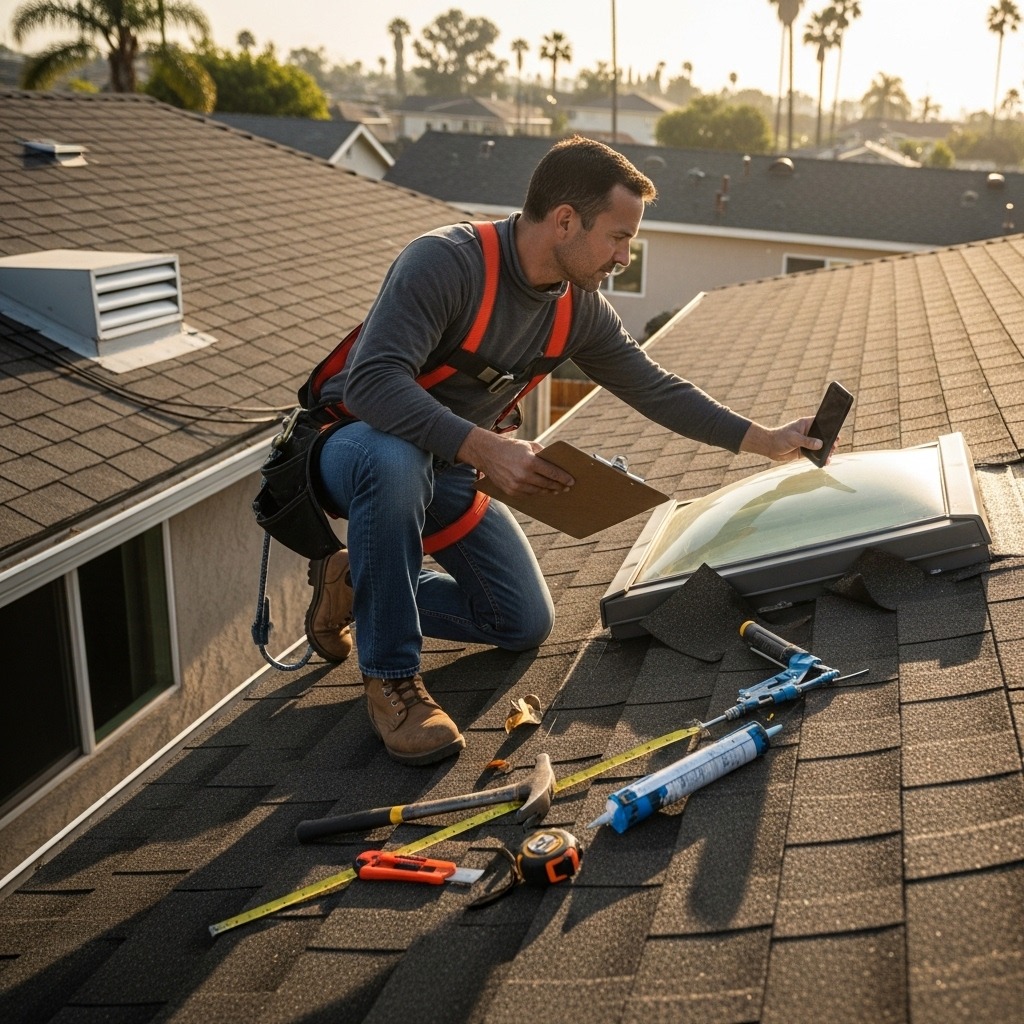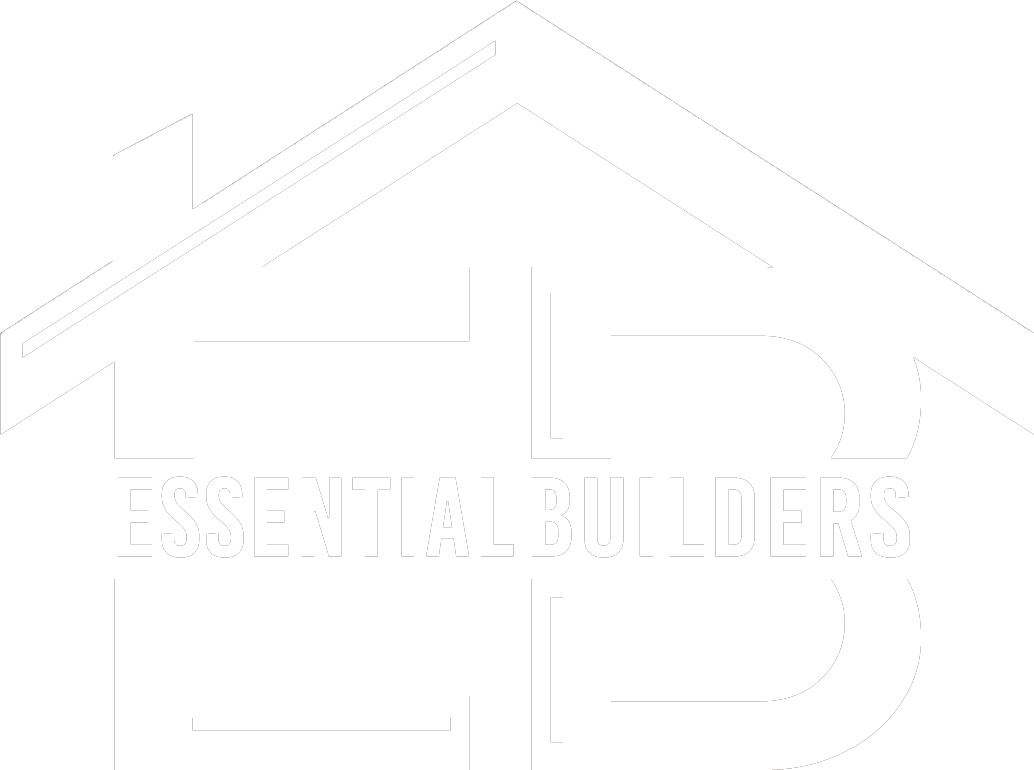
Requesting an estimate for a new roof in North Hollywood can feel like opening a black box. You know the roof has aged under the Valley sun, you have seen a few shingles lift after a Santa Ana wind, and perhaps there is a stain near a skylight that keeps you glancing up whenever it rains. Yet the path from “we need a new roof” to a confident, detailed proposal is not always obvious. The good news is that a clear, step-by-step estimating process eliminates guesswork and sets you up for a smooth project. Before you make calls, it helps to familiarize yourself with what a complete new roof installation involves so you can guide the conversation and recognize a thorough estimate when you see one.
In North Hollywood, the estimating process has a character of its own. Our homes range from compact cottages off Lankershim to expanded mid-century ranches nearer to Valley Village, and roofs often include a mix of steep slopes in front with low-slope sections at the back. That mix introduces transitions that must be observed carefully during an inspection, because a lot of leak history hides where different materials meet. A thoughtful estimator reads the architecture, the shade patterns from surrounding trees, and the way wind channels down a street to understand how water and debris move across your roof.
A great estimate begins with listening. You live with the house daily, and the story you share—when the last leak happened, how often you clean gutters, whether an attic gets too hot in August—helps direct the inspection. The installer should then walk the roof, check the attic where safe and accessible, and circle the perimeter to look at drainage and landscaping. Photos of problem areas paired with explanations give you a baseline to understand the recommendations that follow.
What a thorough inspection includes
Deck condition is the first priority once the old roofing comes off, but clues appear during the estimate too. Softness around eaves, waviness along ridges, and staining around penetrations can signal hidden damage. The estimator notes these and builds time into the plan to replace or repair decking where necessary. That attention matters later because finish materials perform best on a dry, rigid base with consistent nailing patterns.
Ventilation receives equal focus. In our Valley heat, poorly vented attics accelerate shingle aging and can encourage moisture in cooler months. A well-prepared estimate specifies intake and exhaust strategies—perhaps adding continuous soffit vents if you have enclosed eaves, along with ridge or low-profile exhaust vents. These choices influence the longevity of the system, and they are essential to meeting code and manufacturer requirements.
Flashing details are another major part of the inspection. The transition from roof to stucco walls, chimneys, skylights, and parapets must be watertight. Step flashing against sidewalls, counterflashing where needed, and properly formed saddles behind chimneys prevent wind-driven rain from sneaking behind the surface. You should see these elements called out explicitly in the estimate, with materials specified by type and metal.
Material recommendations that fit North Hollywood
Your estimator should connect material choices to our climate and your architecture. Many homes here perform beautifully with cool-rated asphalt shingles that reflect more heat, paired with upgraded synthetic underlayment and reinforced valley membranes. Tile remains a favorite for certain styles, but it requires attention to underlayment and flashing details due to its weight and the way water travels underneath. Metal can be a smart option for modern remodels due to its longevity and heat reflectivity, while low-slope sections often call for a single-ply membrane or modified bitumen to keep water moving off the roof.
Underlayment deserves specific mention because it is the unsung hero. Our sun and wind demand a product that holds up during installation and over the life of the roof. A good estimate names the underlayment, addresses ice and water-style membranes in valleys and eaves where appropriate, and explains how these layers interact with the chosen finish material. The combination is what seals out the rare but memorable sideways rain we get in stronger storms.
For homes with blends of roof types—common in North Hollywood additions—the estimate should include clear plans for transitions. Where a single-ply meets shingles, or where a tile roof abuts a low parapet, a step-by-step detail ensures nothing is left to improvisation in the field. Photos or sketches attached to the estimate can be useful so you and the crew share a mental model before work begins.
Permits, code, and inspections
The best estimates explain how permitting will be handled and confirm that selected materials meet local energy and cool roof requirements. These standards protect you and help keep energy use in check during those long summer afternoons. A company comfortable with the City’s process will build inspection milestones into the schedule and keep you informed about timing so there are no surprises.
In older North Hollywood homes, attic spaces may be constrained, and ductwork or electrical runs can complicate ventilation upgrades. The estimate should acknowledge these realities and propose solutions that are practical and code-compliant. That might mean alternative vent locations or low-profile options that balance airflow with aesthetics.
Scheduling and site logistics
Good estimates translate directly into predictable projects. They outline staging for materials, where disposal bins will sit, how the crew will access the roof, and how landscaping will be protected. If you have narrow side yards or a backyard pool, expect the plan to address pathways and coverings. The sequence of work—tear-off, dry-in, inspection, installation—should be tied to weather windows so critical stages happen under stable conditions.
Communication is part of logistics too. You should know who the onsite lead will be, how daily updates are delivered, and what to do if you need to coordinate driveway use or deliveries of your own. A project that is clear on these points tends to move briskly and maintain a tidy, respectful jobsite.
Understanding what is included—and what is not
A strong estimate draws bright lines around scope. It lists exactly what is included, from underlayment type to flashing metals, and explains allowances for decking repair or unforeseen conditions. It also clarifies how low-slope areas will be handled and what is expected from you before the crew arrives, such as clearing vehicles or securing outdoor items. That clarity prevents mid-project confusion and keeps decision-making straightforward when surprises occur.
Warranties are explained in plain language. You should come away understanding the coverage for materials, the coverage for workmanship, and what your maintenance responsibilities are to keep everything valid. If the installer participates in enhanced manufacturer programs for extended coverage, the estimate should say so and outline any requirements.
How to compare multiple estimates
When you stack proposals side by side, compare like to like. Confirm that each includes similar underlayment quality, ventilation improvements, flashing details, and treatment for low-slope sections. Pay attention to site protection, clean-up commitments, and the presence of a dedicated onsite supervisor. If one estimate omits a detail you know your roof needs—like a reinforced valley or new step flashing against stucco—that is not a bargain; it is a missing safeguard.
Do not hesitate to ask each company to walk you through the differences. A professional will welcome the conversation and clarify why they chose certain materials or methods. Often, the right choice becomes clear when you see how thoughtfully each estimate addresses the realities of your specific roof.
Mid-process check-ins and adjustments
Sometimes the roof tells a slightly different story once tear-off begins. A well-structured estimate anticipates this by outlining how decking repairs will be handled and by giving you a communication pathway for quick decisions. Crews that document discoveries with photos and explain the remedy build trust, and they keep the project moving without drama. The goal is not to avoid every surprise—that is impossible—but to manage them openly and professionally.
In the thick of comparing options and clarifying details, it is helpful to revisit a big-picture view of new roof installation so you stay focused on system performance rather than just surface appearance. The right estimate reflects that systems view and shows how each component plays a role in the roof’s longevity.
Frequently asked questions about estimates
What should a good estimate include? At minimum, a clear scope of work, specified materials for both underlayment and finish, ventilation plans, flashing details, how low-slope areas will be treated, site protection steps, and information on permits, inspections, and warranties. It should also outline how unforeseen conditions will be handled.
Do estimators need to access my attic?
When safe and practical, yes. Attic access helps assess ventilation, spot signs of past leaks, and verify deck condition from below. If access is limited, the estimator may rely on exterior indicators and plan to inspect more closely after tear-off.
How long is an estimate valid?
Validity varies by company policy and material availability. Ask for the expected timeline so you can plan decisions and scheduling accordingly. Clear communication about lead times prevents surprises once you decide to proceed.
How many estimates should I get?
Two to three is typical. That gives you a range without overwhelming you. Focus on clarity and completeness rather than just the bottom line. The best value often comes from proposals that spell out the system and demonstrate a plan for your home’s specifics.
What if my roof has both steep and low-slope sections?
Expect the estimate to address each area with the appropriate materials and detailed transitions. The junctions between materials deserve special attention, and a strong proposal will include drawings or photos to illustrate the plan.
Can I choose materials that improve energy performance?
Yes. Cool-rated shingles or reflective metal can reduce surface temperatures, and pairing them with proper ventilation helps keep attic heat in check. Discuss these options with your estimator so they can be integrated into the overall system.
Will the project disrupt my daily routine?
There will be noise and activity during tear-off and installation, but a good plan minimizes disruption. Your estimate should explain staging, daily schedules, and clean-up so you know what to expect and can plan around the busiest moments.
Ready to request your estimate?
If your roof is telling you it is time, reach out to a trusted local professional and ask for a thorough inspection and a detailed, plain-language proposal. Share your priorities, review the plan together, and make sure the scope reflects our North Hollywood climate and your home’s character. When you are set to take the next step, learn more about new roof installation and start your project with clarity and confidence.

